CI/CD, or Continouos Integration and Continuous Delivery, is no longer a ‘DevOps best practice.’ It’s the delivery backbone of enterprise software development — and in 2025, it has to do more than just move code.
Today’s pipelines carry governance, automation, compliance, and observability. They power deployment at scale across hybrid environments, containerised workloads, and global teams. And they have to do it without slowing innovation down.
The tools built for that job aren’t the same ones topping search results a few years ago. Modern CI/CD platforms are evolving fast. GitOps is now a default architecture. AI is being embedded into pipeline configuration, test optimisation, and rollback decisions. And platform engineering is shifting delivery ownership closer to infrastructure.
For emerging tech and data leaders, the implications are strategic. Choosing the right CI/CD tool means choosing the speed, safety, and scalability of every software release that follows.
This list focuses on enterprise-ready platforms — tools built to support large, distributed teams and complex delivery needs. Not just CI/CD that works, but CI/CD that works at scale.
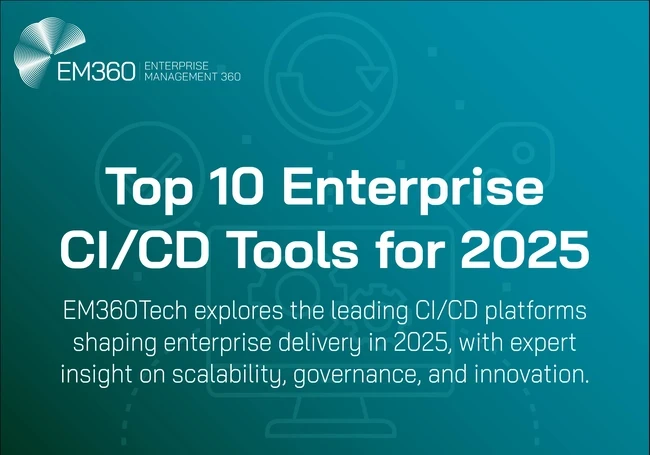
What Is CI/CD and Why It Matters for Enterprises in 2025
CI/CD started as a way to stop releases from breaking. Automate the tests, script the deployments, move faster with fewer failures. That worked well enough until enterprise delivery scaled beyond what those early pipelines could handle.
By 2025, CI/CD is no longer just automation stitched together with scripts. It has become a core platform capability. It governs how software moves through your organisation, how quickly you can adapt to change, and how safely you can innovate at scale.
AI is now building and optimising pipelines. GitOps has made version-controlled code the single source of truth for applications and infrastructure. Multi-cloud orchestration is standard, ensuring resilience and regulatory flexibility for global teams.
Automated testing and delivery isn’t just about efficiency anymore. It’s how enterprises prove compliance, protect uptime, and build trust in every release. Modern pipelines surface the data that boards and regulators care about — what changed, why it changed, and how safely it was delivered.
For emerging tech and data leaders, CI/CD has stopped being a technical checkbox. It is now a strategic lever. The right platform determines how quickly new ideas become working products, how resilient operations stay under pressure, and how confidently teams can deliver change across global systems.
How to Choose an Enterprise-Grade CI/CD Tool
Most CI/CD tools can run a pipeline. Fewer can support the scale, complexity, and accountability that enterprise delivery demands.
Before comparing features or pricing models, enterprise teams need to define what “fit for purpose” actually means in their environment. That starts with five non-negotiables.
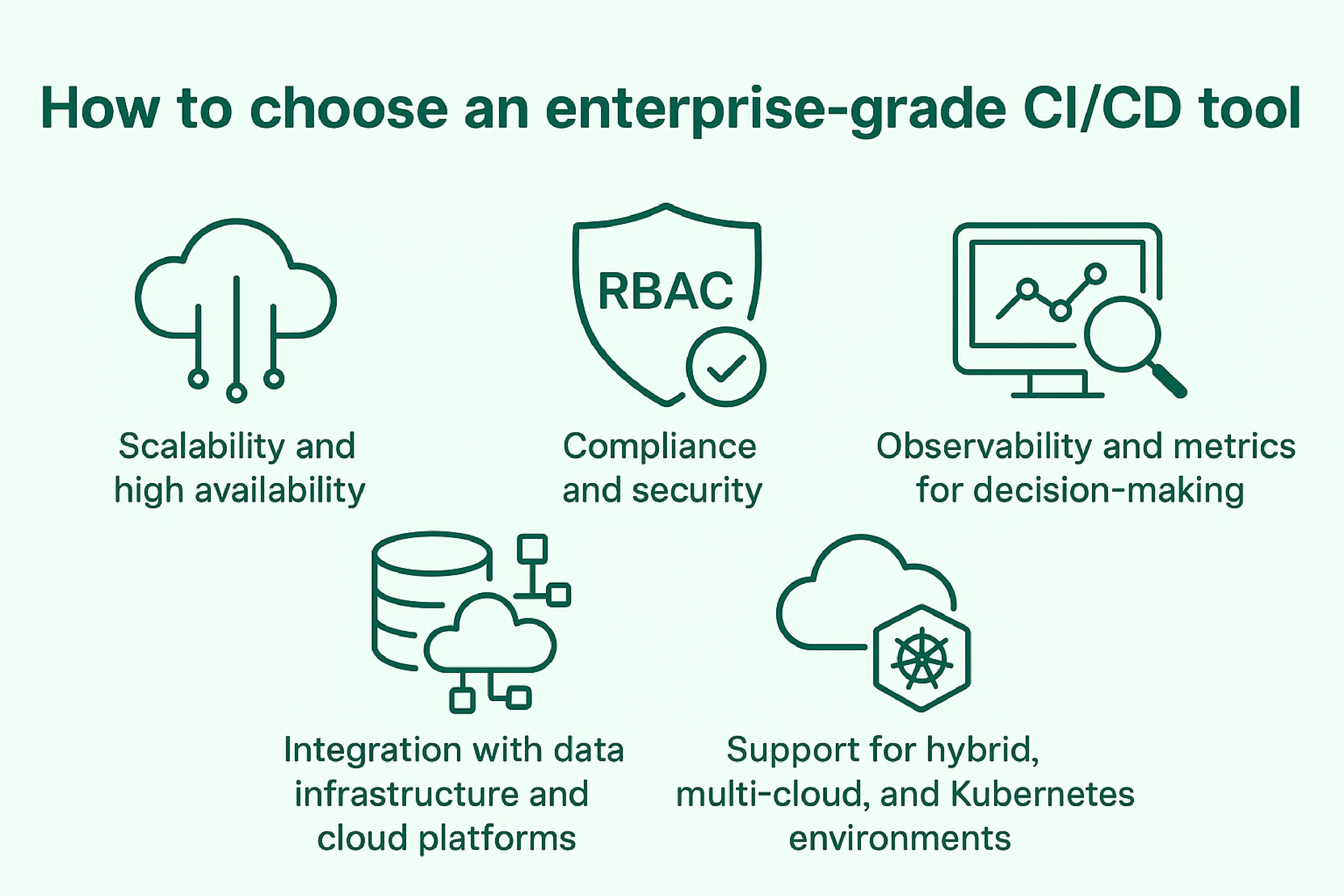
Scalability and high availability
The right CI/CD platform must be able to handle parallel pipelines, large monorepos, and frequent deployments without bottlenecks. For global teams, uptime is critical. Look for solutions that offer distributed runners, auto-scaling agents, and workload isolation by design.
Compliance and security
Enterprise DevOps runs inside a regulatory perimeter. CI/CD platforms must include robust role-based access controls, detailed audit logs, and governance features that support approval workflows, artifact signing, and policy enforcement. Tools without native support for these are a risk multiplier, not an accelerator.
Integration with data infrastructure and cloud platforms
CI/CD doesn’t operate in isolation. Your platform should connect cleanly with your existing cloud environment, analytics stack, and deployment tooling. Whether you're building on Azure, AWS, or a mix of both, the tool should support deep integrations — not duct-taped extensions — with the platforms and pipelines your teams already depend on.
Observability and metrics for decision-making
You can’t improve what you can’t see. The best CI/CD tools provide real-time visibility into pipeline health, deployment velocity, and failure rates. Leaders need metrics they can trust — not just to debug builds, but to justify investment, measure risk, and guide strategy.
Support for hybrid, multi-cloud, and Kubernetes environments
Most enterprises don’t live in a single cloud. Your CI/CD platform needs to reflect that. It should support consistent delivery across hybrid infrastructure, multiple cloud providers, and container-orchestrated environments. Kubernetes-native support should be the baseline — not an add-on — for any tool claiming to be cloud-native.
The best enterprise CI/CD platforms are not the ones with the most features. They are the ones that align with your existing architecture, enforce your governance model, and scale as you grow. Anything less creates friction, risk, or rework. Often, all three.
Top 10 Enterprise CI/CD Tools for 2025
These are the platforms built to handle enterprise-scale delivery. Each one has proven it can support complex pipelines, global teams, and the level of governance large organisations need to move fast without losing control.
GitHub Actions (Enterprise)
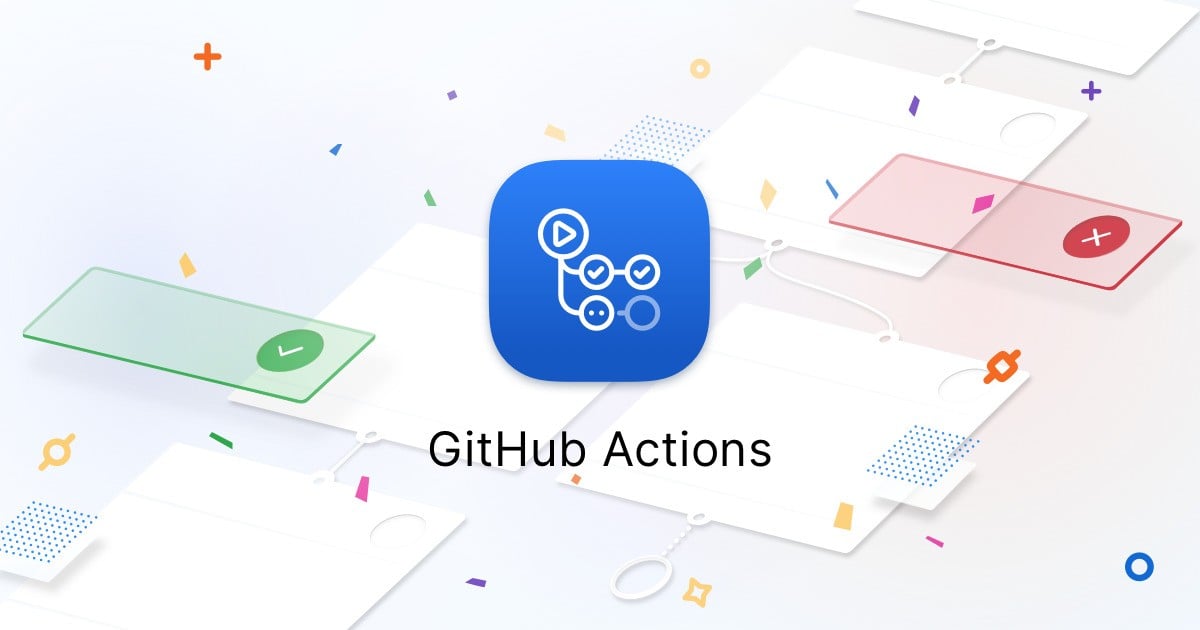
GitHub Actions has become one of the most widely adopted CI/CD platforms because it meets developers where they already work. For organisations running most of their software lifecycle on GitHub, it provides a native way to automate builds, tests, and deployments without introducing additional tooling or disrupting established workflows.
Enterprise-ready features
GitHub Actions extends beyond its developer-friendly roots with capabilities designed for enterprise-scale delivery. Self-hosted runners allow teams to run jobs within their own infrastructure to meet strict compliance and security requirements.
The platform integrates seamlessly with GitHub Enterprise, offering fine-grained role-based access control, audit logs, and advanced permissions to support regulated environments. It is SOC 2 compliant and includes security features such as secret scanning and dependency management.
Workflow templates and reusable actions enable organisations to standardise pipelines across teams, while matrix builds and horizontal scaling allow thousands of concurrent jobs without bottlenecks. The marketplace offers over 20,000 pre-built actions, reducing the effort required to integrate with cloud providers, testing frameworks, and deployment environments.
Pros
- Native integration with GitHub repositories, issues, and pull requests
- Scalable parallel execution with support for self-hosted and cloud runners
- Extensive marketplace of reusable actions for rapid pipeline development
- Built-in security features, including secret scanning and role-based permissions
- Simplifies governance with audit logs and enterprise-grade compliance support
Cons
- Limited orchestration for highly complex, multi-cloud deployments
- Less flexibility than specialised pipeline tools for custom workflows
- Requires GitHub Enterprise for full feature access and advanced controls
Best fit
GitHub Actions is best suited to organisations deeply invested in the GitHub ecosystem that need a straightforward, scalable way to automate builds and deployments while maintaining enterprise-level security and governance. It is particularly strong for teams looking to consolidate tooling and standardise delivery processes without adding platform overhead.
GitLab CI/CD
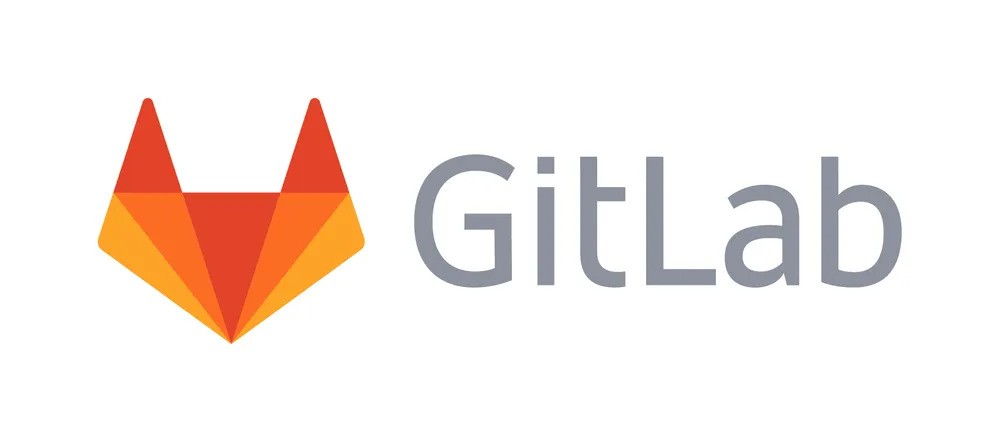
GitLab CI/CD is a full DevSecOps platform that unifies version control, security, and continuous delivery into one environment. It is designed to manage the entire software lifecycle from a single interface, helping enterprises improve speed and visibility without adding multiple standalone tools.
Enterprise-ready features
GitLab CI/CD provides deep capabilities for large-scale software delivery. Merge trains streamline complex integration workflows by batching changes and running pre-merge validations, reducing merge conflicts and improving release cadence.
Auto DevOps automates pipeline creation and includes built-in testing, security scans, and deployment stages, enabling rapid adoption of best practices. The platform features compliance dashboards for tracking and enforcing policies, along with role-based access controls and detailed audit trails that meet strict regulatory requirements.
Kubernetes integration allows direct deployment to containerised environments, while a built-in container registry simplifies image storage and management. GitLab also supports advanced secrets management, package registries, and analytics to monitor pipeline efficiency and quality metrics.
Pros
- Unified DevSecOps environment that consolidates source control, CI/CD, and security tooling
- Merge trains and Auto DevOps reduce manual pipeline configuration and speed up releases
- Strong governance with compliance dashboards, RBAC, and audit logs
- Native Kubernetes integration and built-in container registry for containerised workflows
- Rich ecosystem of security and quality tools for continuous vulnerability scanning
Cons
- Steeper learning curve for teams new to GitLab’s full platform
- Resource-intensive to self-host and maintain for very large installations
- Can feel complex for teams that only need CI/CD functionality
Best fit
GitLab CI/CD is ideal for enterprises looking for an integrated DevSecOps solution that combines version control, security scanning, and delivery pipelines in one platform. It is particularly strong for organisations operating Kubernetes-based environments or requiring strict governance and compliance reporting across the software development lifecycle.
CircleCI
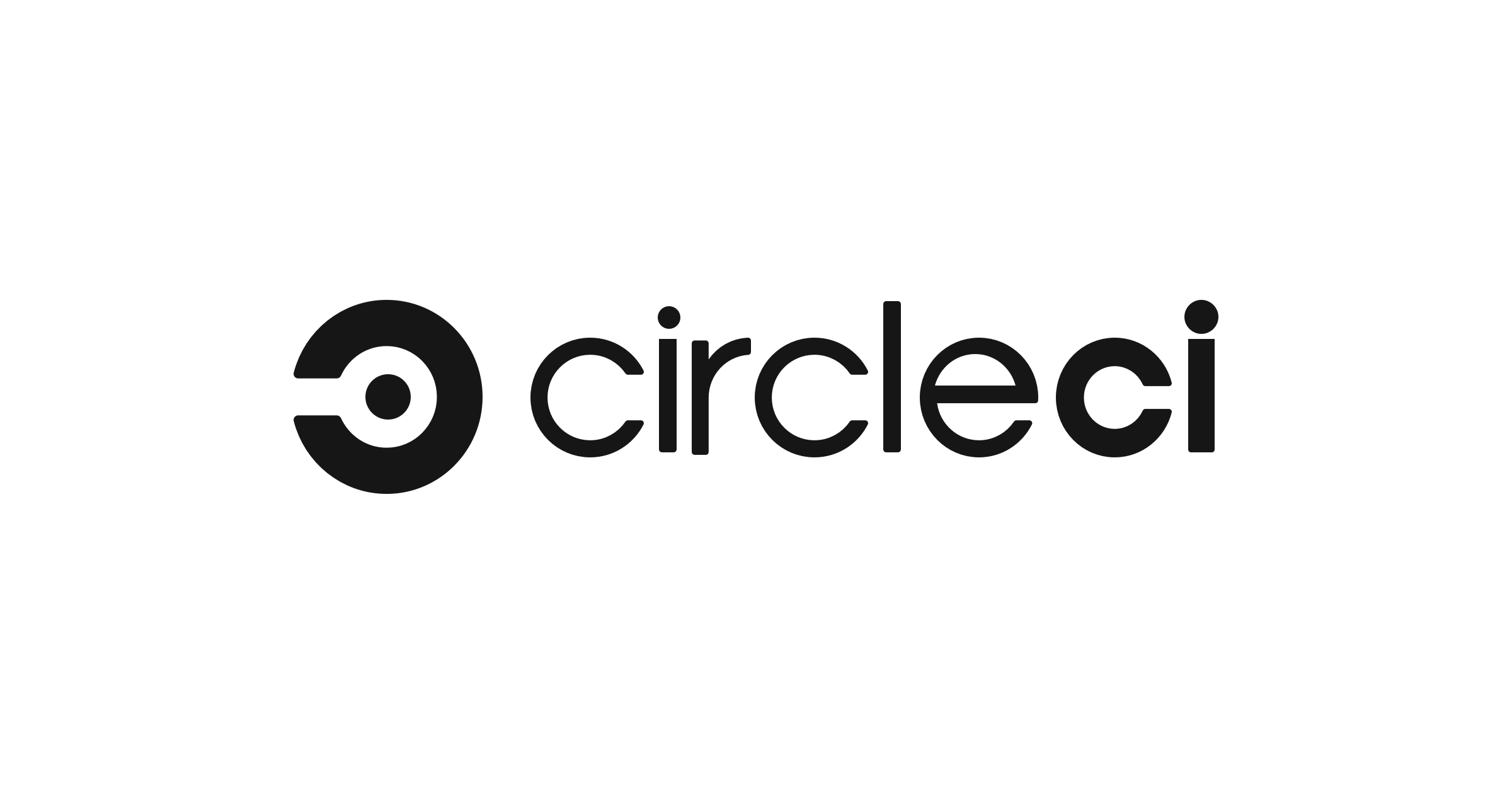
CircleCI is a performance-focused CI/CD platform built to handle complex, large-scale software delivery. Known for its flexibility and speed, it allows engineering teams to design pipelines tailored to diverse tech stacks while maintaining high levels of parallel execution and automation.
Enterprise-ready features
CircleCI is designed for scale. Its high concurrency model supports thousands of builds running in parallel without compromising performance. Private runners let enterprises execute workloads securely on their own infrastructure, while GPU support enables machine learning and high-compute workflows.
CircleCI integrates with major security and compliance tools, offering features such as context-based secrets management and IP allowlisting for controlled access. The Insights dashboard provides visibility into build performance and resource utilisation, enabling teams to optimise pipelines and reduce costs.
Advanced caching, Docker layer reuse, and first-class Kubernetes support help speed up builds and deployments across cloud and hybrid environments.
Pros
- High-performance parallel builds for large, fast-moving development teams
- Private runners and GPU support for secure, high-compute workloads
- Flexible pipeline design with YAML configuration and reusable orbs
- Strong security integrations with context-based secrets and IP allowlisting
- Insights dashboard for monitoring build efficiency and optimising delivery
Cons
- Complex YAML configurations can be challenging for new users
- Some advanced features require higher-tier enterprise plans
- Limited built-in deployment orchestration compared to end-to-end platforms
Best fit
CircleCI is best suited for enterprises that prioritise speed, scalability, and customisability in their CI/CD pipelines. It excels in high-demand engineering environments where parallel builds, secure infrastructure control, and advanced optimisation capabilities are critical to continuous delivery.
Azure DevOps Pipelines
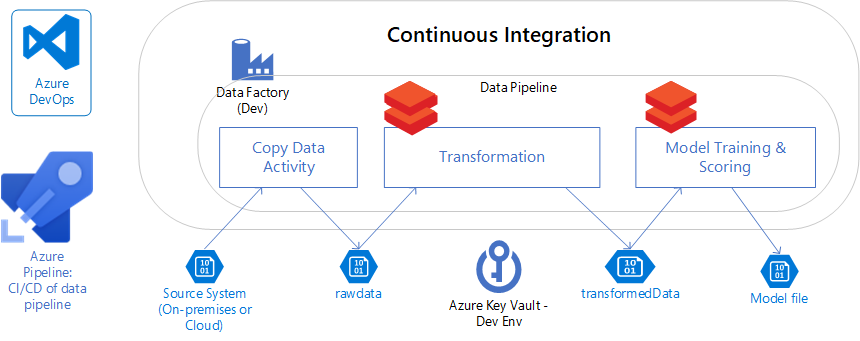
Azure DevOps Pipelines is Microsoft’s enterprise-grade CI/CD service designed to support the full software delivery lifecycle. It provides a scalable, cloud-hosted solution that integrates tightly with the Azure ecosystem while also supporting hybrid and multi-cloud environments. For organisations already invested in Microsoft technologies, it delivers a streamlined approach to building, testing, and deploying applications at scale.
Enterprise-ready features
zure DevOps Pipelines supports hybrid cloud delivery, allowing enterprises to run pipelines across Azure, on-premises data centres, and other major cloud providers. Advanced policy enforcement features enable teams to set approval gates, manage compliance requirements, and ensure secure releases.
Integration with Entra ID (formerly Azure Active Directory) simplifies identity and access management across global teams. The platform includes built-in analytics and reporting dashboards, offering real-time visibility into build health, deployment frequency, and release performance.
It also supports containerised workloads with native Kubernetes deployments, alongside integrations with Terraform and other infrastructure-as-code tools for automated provisioning.
Pros
- Native integration with Azure services and Microsoft development tools
- Flexible deployment across hybrid and multi-cloud environments
- Advanced policy and compliance controls for regulated enterprises
- Entra ID integration for secure, centralised identity management
- Built-in analytics for tracking delivery metrics and improving pipeline efficiency
Cons
- Less intuitive for organisations not using the Microsoft ecosystem
- Some advanced features require significant configuration effort
- Limited third-party marketplace compared to other CI/CD platforms
Best fit
Azure DevOps Pipelines is a strong choice for enterprises that have standardised on Microsoft technologies or require a CI/CD solution that can manage hybrid and multi-cloud deployments. It is particularly well-suited to organisations needing strict policy enforcement, advanced compliance management, and deep integration with Azure services.
Harness CI/CD

Harness CI/CD is an AI-powered delivery platform designed to make software deployments faster, safer, and more cost-effective. It focuses on automating complex release processes while providing visibility and controls that enterprise teams need to manage large-scale cloud environments.
Enterprise-ready features
Harness uses machine learning to optimise deployments by detecting anomalies, managing service-level objectives (SLOs), and automatically rolling back changes that introduce risk. Service reliability metrics are built into the platform, allowing teams to measure and enforce release quality.
Cost controls help optimise cloud spend during builds and deployments, making it easier for enterprises to manage budgets while scaling delivery. Fine-grained governance features include policy enforcement, role-based access controls, and detailed audit logs to ensure compliance in regulated industries.
Integration with Kubernetes, Terraform, and major cloud providers makes it suitable for hybrid and multi-cloud strategies.
Pros
- AI-driven automation for release verification and intelligent rollbacks
- Built-in SLO tracking and service reliability metrics
- Cost management tools for optimising cloud spending during deployments
- Strong policy enforcement and governance capabilities
- Seamless integration with popular infrastructure-as-code and container platforms
Cons
- Higher operational complexity compared to simpler CI/CD tools
- Learning curve for teams adopting AI-driven delivery models
- Advanced capabilities may be underutilised in smaller delivery pipelines
Best fit
Harness CI/CD is well-suited for enterprises looking to leverage AI for safer, more efficient deployments while maintaining cost control and compliance. It is particularly valuable for organisations with large, cloud-native applications and teams aiming to enhance release reliability without sacrificing speed.
Spinnaker
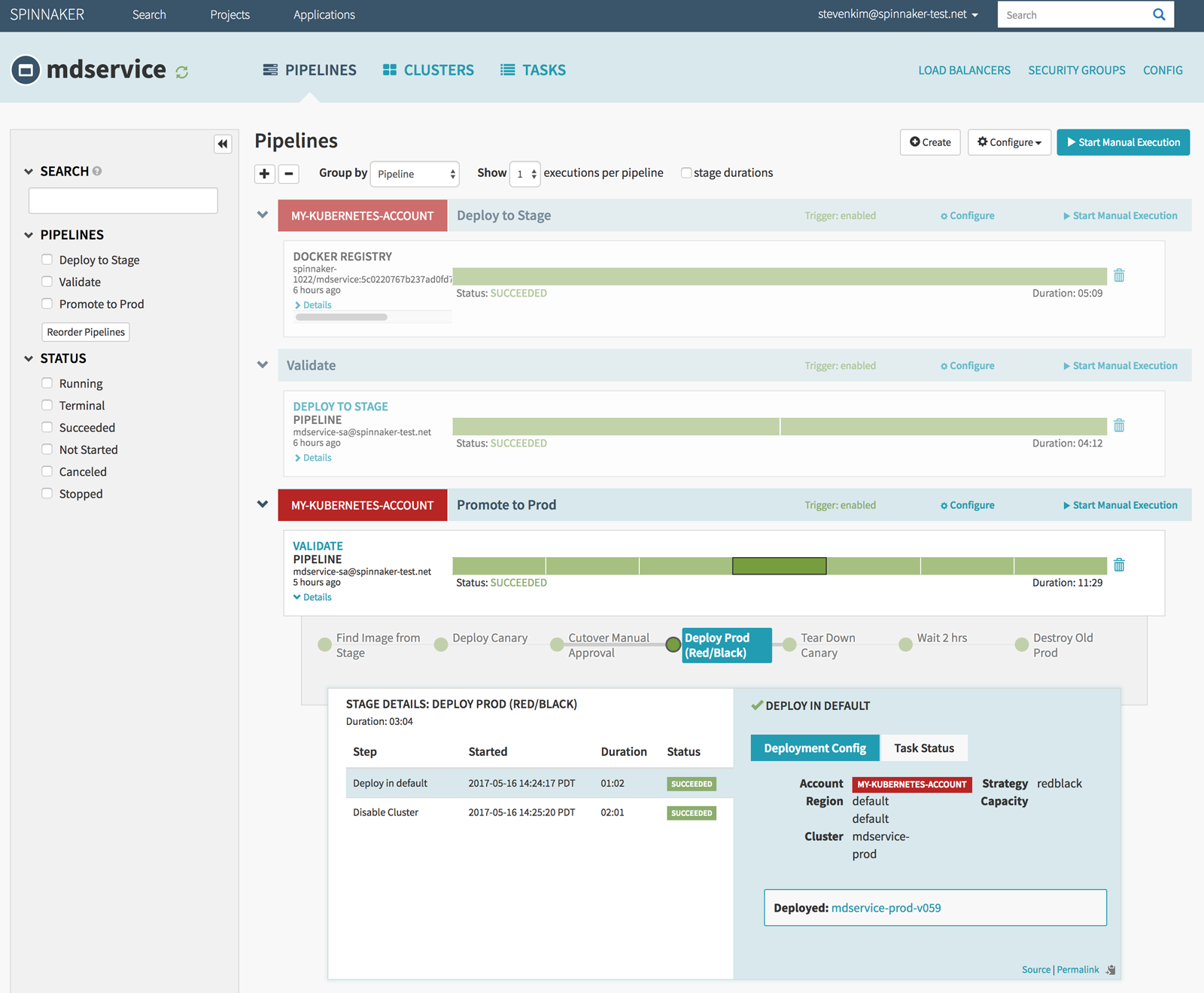
Spinnaker is an open-source continuous delivery platform originally developed by Netflix to manage safe, large-scale, multi-cloud deployments. It focuses on enabling enterprises to deliver software with high confidence by providing advanced deployment strategies and robust operational controls.
Enterprise-ready features
Spinnaker supports canary and blue/green deployment strategies out of the box, allowing teams to progressively release changes and automatically roll back if issues are detected. It is built to orchestrate complex, multi-region and multi-cloud deployments across AWS, Google Cloud, Microsoft Azure, and Kubernetes environments.
The platform includes built-in guardrails, such as automated policy checks and approval gates, to enforce governance during releases. It integrates with major monitoring and observability tools, providing real-time feedback on deployment health.
Spinnaker’s extensible architecture allows enterprises to customise workflows to fit complex delivery processes.
Pros
- Mature support for safe deployment patterns like canary and blue/green releases
- Multi-cloud and multi-region orchestration for large-scale delivery
- Strong governance and policy controls for regulated environments
- Deep integrations with monitoring and observability platforms
- Flexible and extensible pipelines tailored to enterprise delivery needs
Cons
- Complex setup and ongoing operational management requirements
- Steeper learning curve compared to managed CI/CD solutions
- Resource-intensive for smaller teams or less complex release environments
Best fit
Spinnaker is ideal for enterprises running large, mission-critical systems that require safe, reliable multi-cloud deployments. It is particularly effective for organisations needing robust deployment safety nets, advanced release strategies, and high levels of operational visibility across distributed infrastructures.
Argo CD (Enterprise Support)
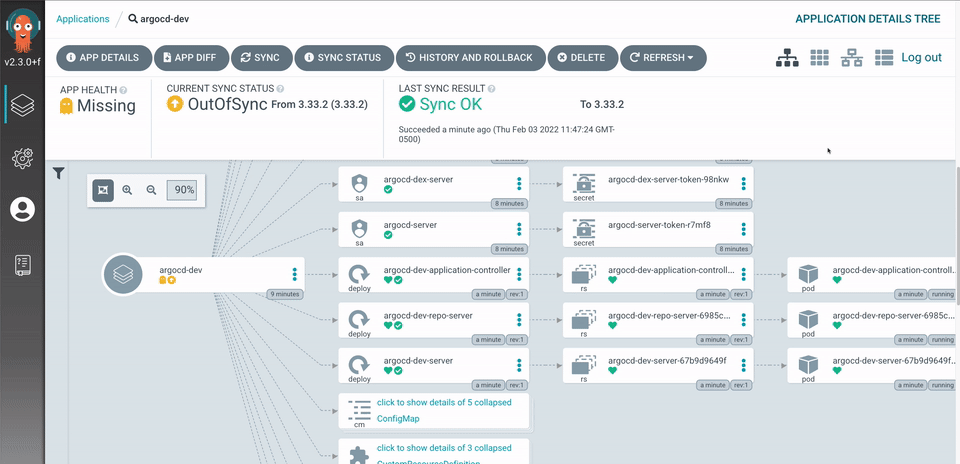
Argo CD is a GitOps-native continuous delivery tool designed for Kubernetes environments. It allows enterprises to manage application deployments declaratively, keeping production systems automatically in sync with version-controlled configurations. Its GitOps approach reduces configuration drift and improves reliability in cloud-native delivery workflows.
Enterprise-ready features
Argo CD uses declarative configuration to define application state, ensuring that Kubernetes clusters match the desired configuration stored in repositories. It includes drift detection capabilities that continuously monitor and automatically reconcile differences between live systems and definitions.
Role-based access control (RBAC) and single sign-on integrations support enterprise security needs. Commercial support from providers like Akuity and Red Hat adds dedicated SLAs, enterprise-grade security patches, and managed service options.
Argo Rollouts extends the platform with progressive delivery features, including canary and blue/green strategies, automated metrics analysis, and controlled traffic shifting during deployments.
Pros
- GitOps-native approach for automated Kubernetes delivery
- Declarative configuration ensures reliable, version-controlled deployments
- Continuous drift detection and automatic reconciliation
- Strong access controls and enterprise SSO support
- Commercial support options and advanced rollout strategies
Cons
- Limited applicability outside Kubernetes-centric environments
- Requires strong GitOps practices for effective use
- Steeper learning curve for teams new to declarative delivery models
Best fit
Argo CD is ideal for data-driven, cloud-native enterprises operating large Kubernetes clusters and adopting GitOps practices at scale. It provides a high level of automation, security, and governance for organisations seeking to standardise deployment management across complex containerised environments.
Spacelift

Spacelift is an Infrastructure-as-Code (IaC) delivery orchestration platform that helps enterprises automate, govern, and scale infrastructure management. It is designed for platform engineering teams looking to enforce policy, security, and compliance while using multi-framework IaC tooling.
Enterprise-ready features
Spacelift allows teams to manage Terraform, Pulumi, Ansible, and CloudFormation from a unified platform. Policy-as-code, built on Open Policy Agent (OPA), enables fine-grained governance for deployments, ensuring infrastructure changes meet organisational and regulatory requirements.
The platform supports advanced access controls, secrets management, and detailed audit logs for compliance. It integrates with major cloud providers and CI/CD tools, providing a consistent approach to infrastructure delivery in hybrid and multi-cloud environments.
Spacelift also includes features like automatic drift detection, custom workflows, and integration with collaboration tools for improved operational efficiency.
Pros
- Multi-framework support for Terraform, Pulumi, Ansible, and more
- Policy-as-code with OPA for strong governance and compliance
- Advanced access controls and audit logs for secure infrastructure delivery
- Seamless integration with major cloud providers and CI/CD systems
- Automated drift detection and customisable workflows
Cons
- Primarily focused on infrastructure pipelines, less suited for application CI/CD
- Requires mature IaC practices to leverage full value
- Smaller ecosystem compared to general-purpose CI/CD platforms
Best fit
Spacelift is best suited for enterprises with established Infrastructure-as-Code workflows that need compliance-driven orchestration and strong policy enforcement. It is particularly valuable for platform teams managing complex, multi-cloud infrastructure with strict governance requirements.
Buildkite (Enterprise Tier)
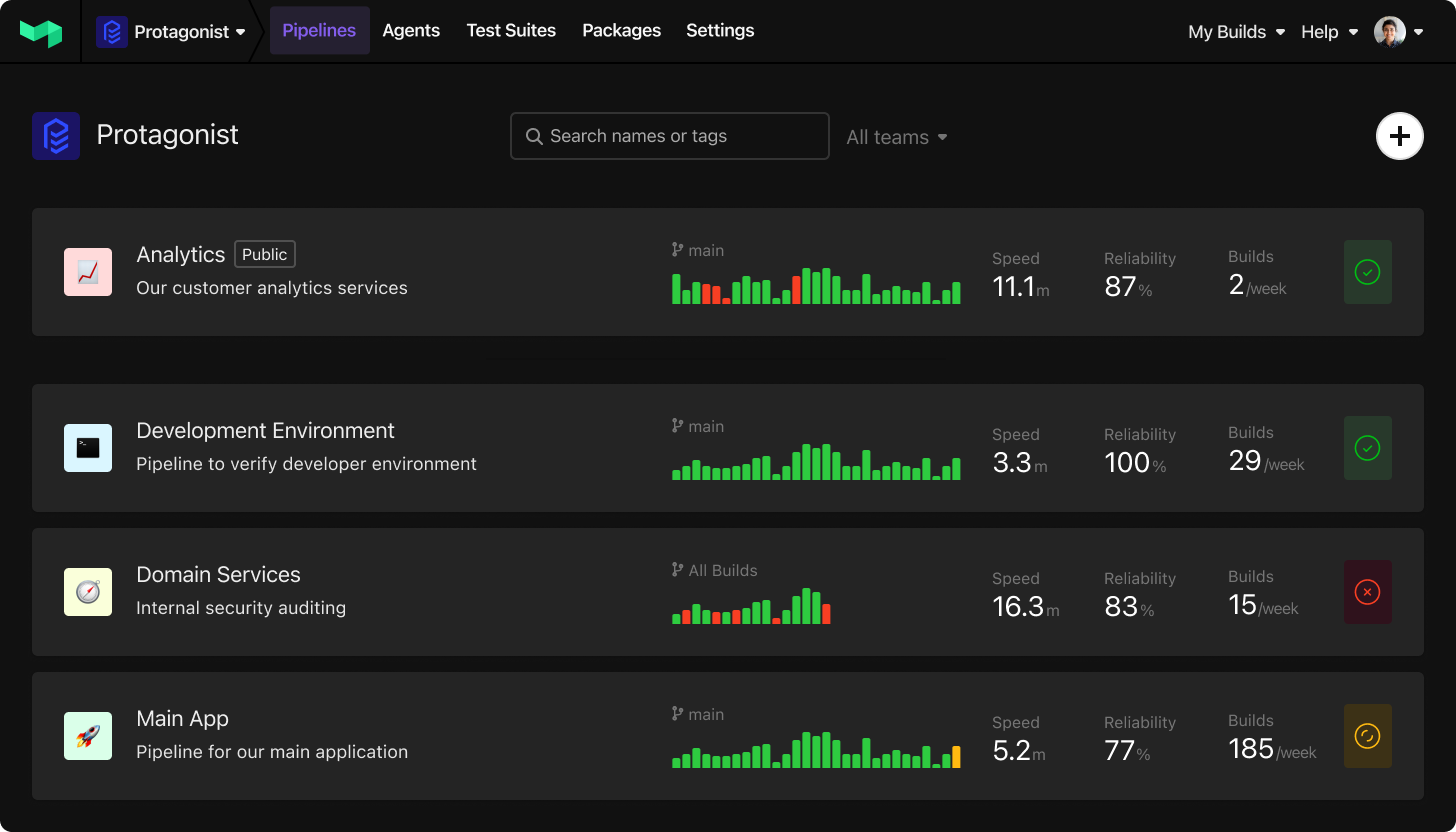
Buildkite is a hybrid CI/CD platform designed for enterprises that want to combine the control of running builds on their own infrastructure with the scalability and convenience of a managed orchestration layer. This approach is particularly appealing to security-conscious organisations that need strict data residency and compliance controls.
Enterprise-ready features
Buildkite allows teams to run builds on private infrastructure runners hosted in their own data centres or cloud environments while using Buildkite’s cloud-based interface to manage orchestration and pipelines. Enterprise features include SAML single sign-on (SSO), advanced access controls, and detailed audit logs for governance and compliance.
The platform supports container-based builds, parallel execution, and a wide range of integrations with testing frameworks, deployment tools, and observability platforms. This hybrid model provides flexibility for running sensitive workloads securely while maintaining cloud-level scalability and performance.
Pros
- Hybrid model combines private compute resources with managed orchestration
- Strong security features including SAML SSO and detailed audit logging
- Flexible runners that work across on-premises, cloud, or edge environments
- Supports containerised builds and high levels of parallelism
- Large ecosystem of plugins and integrations for custom pipeline design
Cons
- Requires internal resources to manage and maintain private runners
- Steeper setup and operational complexity compared to fully hosted solutions
- Limited out-of-the-box deployment orchestration features
Best fit
Buildkite is best suited for enterprises with strict security or compliance requirements that need to run builds on private infrastructure. It is particularly valuable for organisations with hybrid or edge deployments where sensitive workloads must remain within controlled environments while still benefiting from a modern, scalable CI/CD platform.
TeamCity (Cloud & Enterprise Plans)
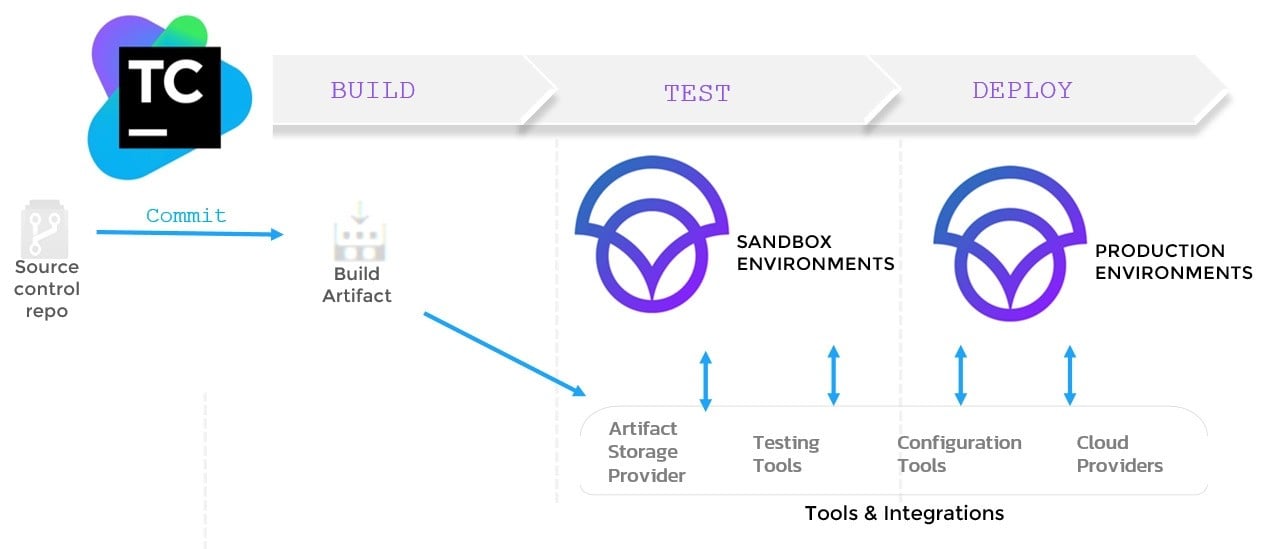
TeamCity, developed by JetBrains, is a mature CI/CD solution that caters to complex enterprise delivery needs. Known for its deep support for JVM and .NET ecosystems, it provides advanced features for managing large codebases, coordinating builds across distributed teams, and enforcing governance in regulated environments.
Enterprise-ready features
TeamCity offers Kotlin DSL for defining build pipelines as code, providing flexibility and version control for complex delivery processes. Build chains allow teams to orchestrate dependent builds efficiently, reducing redundancy and speeding up multi-stage releases.
The platform includes flaky test detection, built-in code quality analysis, and advanced test reporting to help maintain reliability in large projects. Enterprise-grade features such as role-based permissions, audit logging, and compliance tools support governance and secure collaboration.
TeamCity integrates with popular IDEs, build tools, and deployment platforms, making it a strong fit for polyglot environments.
Pros
- Kotlin DSL for powerful pipeline-as-code configurations
- Build chains for efficient orchestration of complex, interdependent builds
- Flaky test detection and robust test reporting for improving reliability
- Strong governance features including role-based permissions and audit logs
- Wide integration support across development tools and deployment platforms
Cons
- Complex to configure and manage at enterprise scale
- Requires expertise to fully utilise advanced features
- Less emphasis on cloud-native delivery compared to modern platforms
Best fit
TeamCity is a strong choice for enterprises with large, polyglot codebases or JVM/.NET-heavy projects that require fine-grained control over pipelines. Its rich feature set and deep integrations make it ideal for organisations that prioritise reliability, governance, and advanced build orchestration in complex software delivery environments.
Final Thoughts: Fit Matters More Than Features
Enterprise CI/CD has evolved into a strategic platform capability. The tools we’ve covered – from GitHub Actions and GitLab to Spinnaker and Argo CD – are designed to meet the demands of large-scale, complex delivery pipelines. Each brings a different strength, whether it is integrated DevSecOps workflows, AI-driven optimisation, or robust governance for hybrid and multi-cloud environments.
Choosing the right CI/CD platform is not about features on a checklist. It is about aligning the tool with your architecture, your compliance requirements, and the speed at which your organisation needs to innovate. A well-chosen platform becomes an enabler for resilience and agility. The wrong choice creates friction, risk, and rework that scale with every release.
As emerging technologies reshape DevOps and delivery practices, enterprises need CI/CD strategies that can adapt. From GitOps and Kubernetes-native workflows to AI-driven pipelines and cost-aware delivery models, the next generation of CI/CD is already here.
Stay ahead of emerging DevOps trends with expert insights from EM360Tech, where we explore the technologies and strategies that shape enterprise delivery in 2025 and beyond.




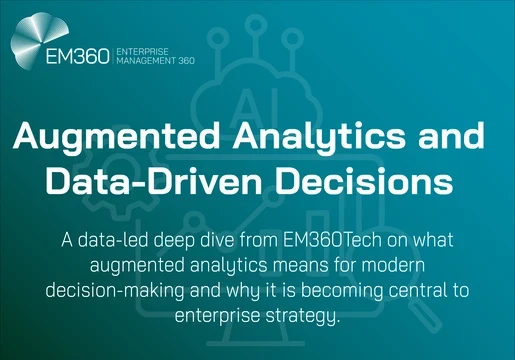
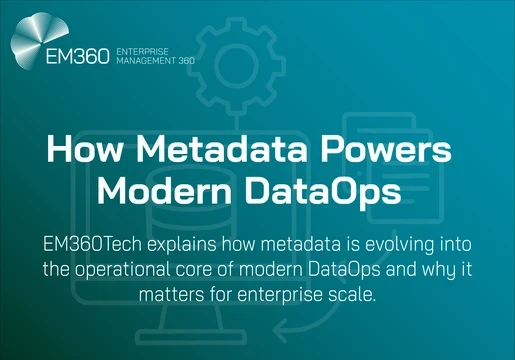
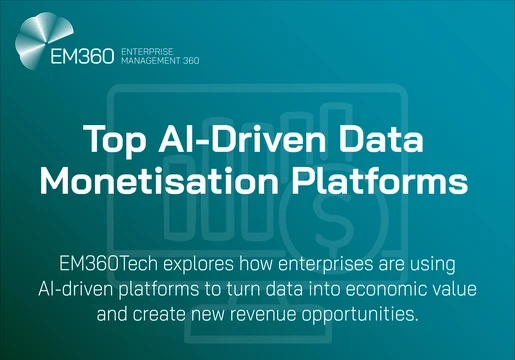
Comments ( 0 )